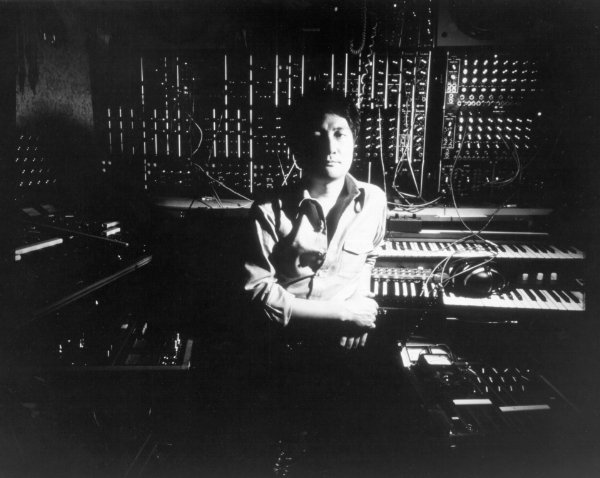Session 1: In this class we will explore the vast world of MIDI systems. MIDI is a communication protocol that was introduced to the world in 1983 by music industry representatives. Electronic instrument pioneer, Dave Smith, devised the original concept. In 2013 Dave Smith and Ikutaro Kakehashi received technical Grammys for their contributions to MIDI, music technology, and the music industry at large. MIDI has become a critical component in modern studios and is used more and more to this day with few changes made to the original technology.

Session 2: MIDI has far exceeded its expectations at it’s conception. What has changed is how MIDI is used. Originally transmitted via MIDI cables, MIDI is now transmitted via USB, wireless networks, and between multiple software applications running on the same computer. MIDI files can be played by mobile phones, tablets, and computers. Millions of MIDI ringtones are used on mobile devices around the world.
Today we’ll take an introductory look at Propellerheads‘ suite of virtual intruments, Reason. Reason is a virtual studio rack with broad variety of instruments, processors, and sequencing tools. It also includes a massive soundbank including everything from orchestral sounds to synthesized effects. For our purposes Reason is also an excellent tool for learning about the MIDI protocol. Virtually every feature in Reason can be controlled with MIDI.
Reading:
http://en.wikipedia.org/wiki/Propellerheads_Reason
I’ll demonstrate how to import MIDI files into Reason and setup the MIDI tracks to play specific virtual instruments. Using this technique it is possible to produce your own music starting with a pre-built MIDI file by selecting the instrument sounds you prefer and manipulating the tempo, processing, and textures of the piece. The demo introduces a 15 point Reason project due Session 1, Week 3. The steps for the exercise follow:
1. Open Reason and add a 14:2 channel mixer device to the rack (Create > Mixer).

2. Import a .mid file into Reason (File > Import > MIDI File). Use www.classicalarchives.com or www.creativecommons.org to find a MIDI file use can use for this exercise. Other sites, like mididb.com have many files available as well.
3. A Combinator is automatically created for each track in the MIDI file.

4. Create instruments for each of the Combinators by pressing “show devices”.
- Right+click on the black rectangle in the Combinator and select an output device
- Devices that produce pitched instrument sounds include: Subtractor, Maelstrom, Thor, NN-19, NN-XT
- These devices produce percussive sounds or loops: Redrum (drum computer) and Dr. Rex (loop player)
- Most other devices are processors of some sort (reverb, compression, etc.)
- The Matrix is a pattern sequencer
5. Try applying processing as axillary sends.
- Right+click on the mixer
- Choose a processor such as the RV7000 for reverb
- Turn up Aux 1 on the mixer for each track you’d like to process

![]()
6. Also try adjusting the tempo, transposing notes, and applying automation.
7. When you’re happy with your mix, render your document to an audio file named midi_exercise1.wav and copy it to the drop off under John Keston/ca2431/<your name>.
- Choose File > Export Song as Audio File
- Choose Reason WAVE File under Format
- Choose 44,100Hz and 16bit